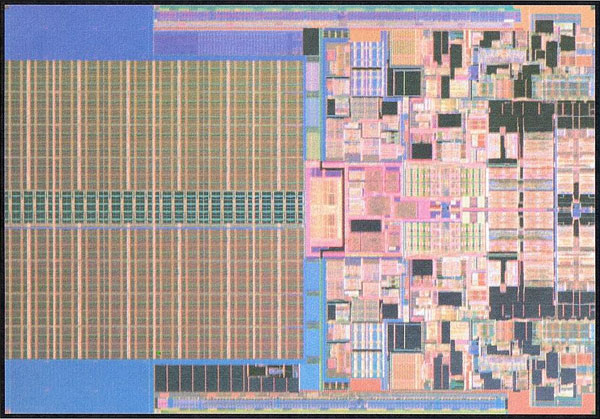MacBook Pro Penryn update imminent (updated)


Let's look at a few of the other hints:
- Apple last updated the MacBook Pro to Santa Rosa on 05 June 2007 (261 days or roughly 8 and a half months ago). So, it's due for a refresh.
- Intel's new "Penryn" processor was announced in September 2007 and began shipping in January.
- Penryn-based PC notebooks are now available from a bunch of manufacturers including Alienware.
Intel chief executive Paul Otellini says that 45nm Penryn is up to a 20 percent performance increase over 65nm chips, more energy efficient, and uses halogen-free packaging which is better for the environment. Penryn chips are identified by the following model numbers: T9500 (2.6GHz), T9300 (2.5GHz), T8300 (2.4GHz) and T8100 (2.1GHz). Penryn uses the same 800MHz front-side bus found in the current MacBook Pro line.
Read more about Intel's newest silicon in my piece Inside Intel’s Penryn Processor.
Apple most like won't update the MacBook at the same time, their m.o. lately has been to update the Pro gear (i.e. MBP) first then let the technology trickle down to the consumer iron (MacBook).
No solid word on whether any new tricks (SSD, Blu-Ray, on-board 3G, new enclosure, etc.) will be coming along for the ride but I would steer clear of any new MBP purchases in the next month or so. The Penryn train is a-comin'.
Update: I really wish that Apple would have built Penryn into the MacBook Air, but George Ou speculates that Penryn was probably still an unknown quantity when the MBA was being designed many moons ago.
Update 2: According to AI Penryn increases battery performance by as much as 16 percent and encoding operations by as much 40 percent.